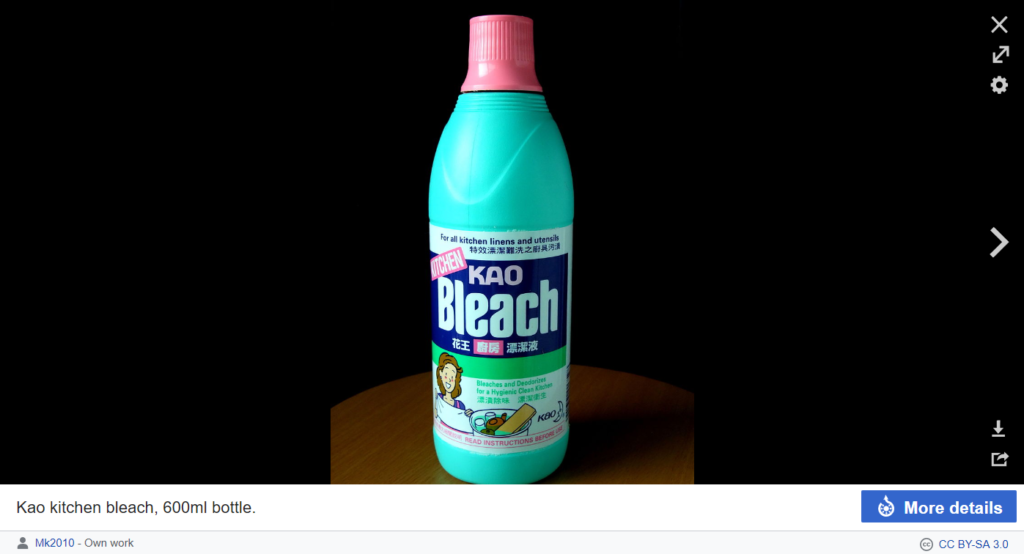I mentioned free radicals in my posts: https://universal-health-products.com/what-are-the-hea…urmeric-curcumin/ and https://universal-health-products.com/health-benefits-of-red-tea/
The focuses of these posts are on products that, among other things, help to prevent and eliminate free radicals because of the antioxidants they contain and how to obtain them.
But what are free radicals and why are they bad?
What are free radicals?
To define free radicals, the body is always under attack from a condition called oxidative stress. Oxidative stress begins when oxygen in the body splits into single atoms with unpaired electrons. Electrons are usually in pairs, so these atoms, called free radicals, search to seek out other electrons so they can become a pair. This causes damage to cells. I’ll elaborate more later.
Why are they bad?
Free radicals are associated with human diseases, including some major life changers which I’ll mention later. They also may have a link to aging, because of what has been defined as a gradual accumulation of free-radical damage.
Substances that generate free radicals can be found in the foods we eat (e.g. cooked and process meats), the air we breathe, the medicationss we take, and the water we drink. These substances include alcohol, cigarette and cigar smoke, fried foods, tobacco pesticides and air pollutants.
Free radicals ar the natural byproducts of chemical processes, such as metabolism. Yet, free radicals are essential to life. for example, the body’s ability to turn air and food into chemical energy depends on a chain reaction of free radicals. Free radicals are also a crucial part of the immune system, as they travel throughout the body attacking foreign invaders. The problem is that when built up, they harm the cells of the body. As I like to say, too much of a good thing is a bad thing!
Once free radicals are produced, a chain reaction can occur. The first free radical pulls an electron from a molecule, weakening that molecule and turns it into a free radical. That molecule then takes an electron from another one,
weakening it and turning it into a free radical. This outcome, causing a domino effect, can eventually disrupt and harm the entire cell. This free radical chain reaction may lead to broken cell membranes, which can change what enters and exits the cell. This chain reaction may change the structure of a lipid, making it more likely to become trapped in an artery. These damaged molecules may mutate and grow tumors. Or, could change DNA code.
The oxidative stress mentioned earlier, occurs when there are too many free radicals and too much cellular damage. Several studies throughout the last few decades have suggested that oxidative stress plays a role in the development of many conditions, including macular degeneration, cardiovascular disease, certain cancers, emphysema, alcoholism, Alzheimer’s disease, Parkinson’s disease, ulcers and all inflammatory diseases, such as arthritis and lupus. Free radicals are also associated with aging. “The theory of aging regarding free radicals states that we tend to age as a result of free radical harm over time. Free radicals can damage DNA’s instructional code, causing our new cells to grow incorrectly, which leads to aging.
There are no official symptoms of oxidative stress. However, according to naturopathic doctors, symptoms include
headaches, noise sensitivity, fatigue, memory loss and brain fog, muscle and joint pain, vision problems and decreased immunity, wrinkles and gray hair, In a word, aging.
Antioxidants and Free Radicals
I mentioned antioxidants in the beginning. They are the strongest defense against free radicals. Antioxidants ar molecules in cells that stop free radicals from taking electrons and inflicting harm. They are able to give an electron to a free radical without becoming weakened themselves, thus stopping the free radical chain reaction. “Antioxidants ar natural substances whose job is to scrub up free radicals. Antioxidants finish up the radical waste within the cells.
Well-known antioxidants include beta-carotene and other carotenoids, lutein, resveratrol, vitamin C, vitamin E, lycopene and other phytonutrients.
Our body produces some antioxidants on its own, but in inadequate quantities. Oxidative stress occurs when there are too many free radicals and too few antioxidants.
Antioxidants can also be acquired through diet. “Antioxidants are plentiful in fruits and veggies, especially the colorful ones. Some examples include berries, tomatoes, broccoli, spinach, nuts and green tea. There are also supplements that contain powerful antioxidants. For more information see my post: https://universal-health-products.com/what-are-the-hea…urmeric-curcumin/
Antioxidants became into view in the Nineteen Nineties when scientists began to understand the potential effects of free radicals on cancer development, atherosclerosis and other chronic conditions. During the subsequent decades, many studies have been conducted on the effects of antioxidants with mixed results. Scientists don’t fully perceive the mixed results from the trials or the precise mechanism that causes antioxidants to be effective or ineffective against free radicals. But it’s safer to lean towards consuming antioxidants than not. Better safe than sorry!!
Also, note that regular exercise can also build up antioxidant defenses. The key is regular exercise. Intense initial cardio exercise causes chemical reactions that make free radicals form at a faster rate leading to initial exercise-induced oxidative stress. Therefore, out of shape and infrequent exercisers who do a spontaneous bout of intense physical activity may invoke oxidative stress, while those who are consistently active have no need to worry.
Good Health!
Feel free to leave any question, comment or concern below
